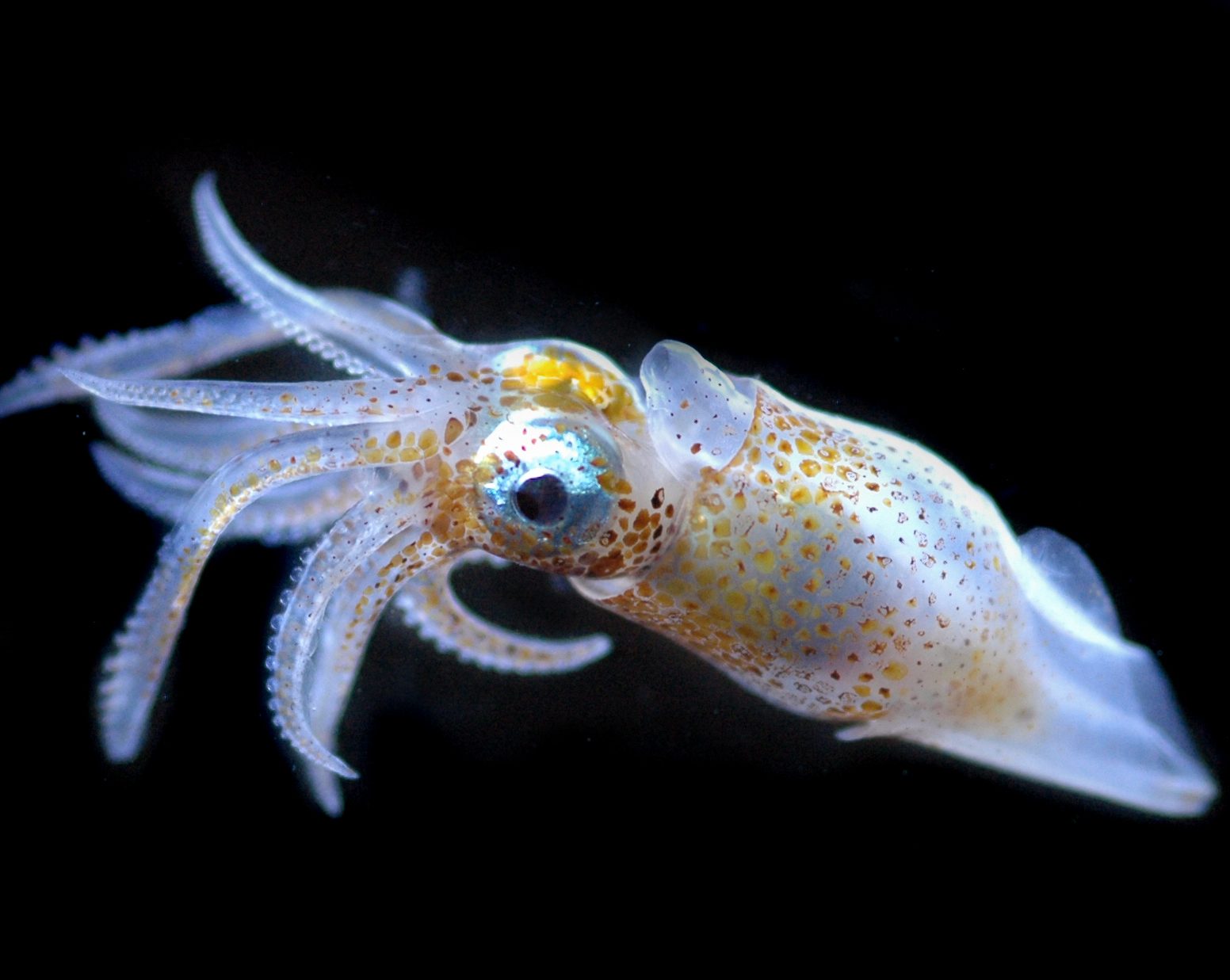Jessica Luo and Kelly Robinson are jelly lovers — not the jellies you smear on your toast but the ones that float in the ocean, their bell-shaped bodies pulsing like slow-motion heartbeats in the currents of the sea.


Jessica Luo and Kelly Robinson are jelly lovers — not the jellies you smear on your toast but the ones that float in the ocean, their bell-shaped bodies pulsing like slow-motion heartbeats in the currents of the sea.

The wildlife in our yards and neighborhoods may please or sometimes annoy us, but they connect us to a web of life that appears to be unraveling before our eyes.

In this issue, you’ll get a glimpse of the vast, underwater world of drifting marine animals called zooplankton.

When Dr. Richard Besser was reporting from the Ebola crisis in Liberia in 2014, he knew how to keep himself safe. But, says the health and medical editor for ABC News, there was more at stake than his personal welfare.

They float in the ocean by the billions, these wandering animals whose Greek name means “drifter.” Most are smaller than a pinpoint, their adaptive peculiarities (whip-like propellers, bug-like antennae, hair-like fringes for foraging on algae) visible only under a microscope.

Obstacles still exist to the full participation of women in science, technology, engineering and mathematics, according to Rita Colwell, former director of the National Science Foundation. Failure to address these barriers threatens the ability of the world to solve pressing problems in the environment, human health and other fields.